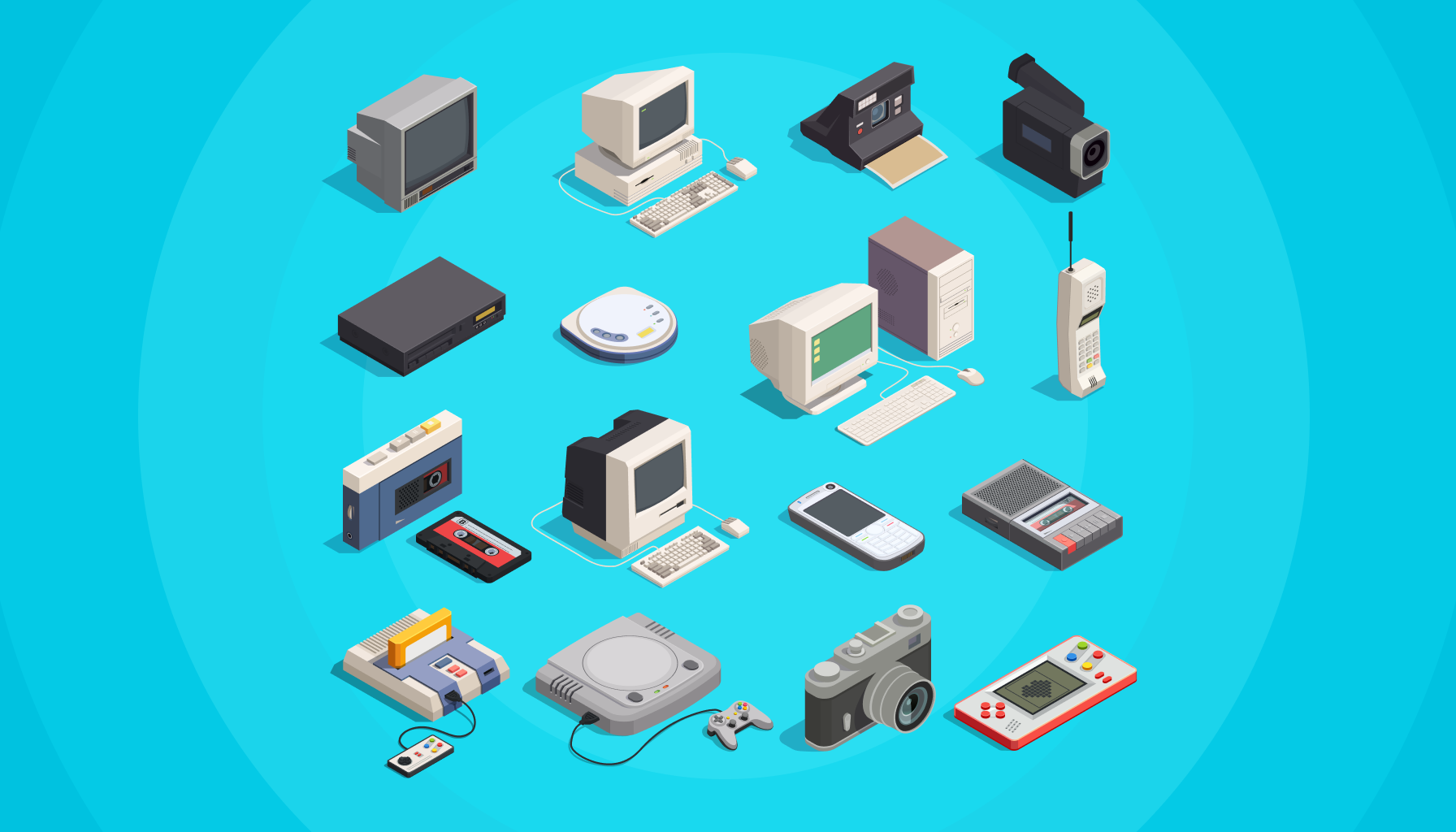Introduction
Everybody uses computers in our lives due to a myriad of reasons. Computers are small and inexpensive however there was an era when computers was able to fill all the space in a room and just a handful of them were in use around the world.In the following article you’ll learn about the development of computers over decades, characterized by revolutionary developments and the continuous search for technological advancement.
The abacus originated in 2700 BC
As a child, you probably had an abacus, on which you could have learned some basic math abilities. Were you aware that the abacus first appeared in ancient times in Mesopotamia and is among the first known computing devices? It was made up of beads and rods that were used for basic calculations in arithmetic.
Computers operate through the interaction of software and hardware. The evolution and transformation of computers goes back many decades. There are however five distinct generations of computer.
Every generation is characterized by a major technological breakthrough that altered the way computers function.
Foremost Era- Vacuum Tubes (1940 – 1956)
Did you consider that the 1930s marked the beginning of computers that could calculate which were considered to be to be the first computers that could be programmed? Who would have thought computers existed this long ago?
Konrad Zuse created what is known as the first computer that could be programmed, known as the Z1, in 1936, in the living room of his parents in Berlin.
The 1940s saw the rise of electronic computers, such as ENIAC, also known as ENIAC (Electronic Numerical Integrator and Computer) as well as the EDVAC (Electronic Discrete Variable Automatic Computer). These computers used punch cards and vacuum tubes to perform data processing.
The computers of the first generation relied on the’machine language’
These computers were restricted to solving one issue at the same time. Input was determined by the punched card and tape. The output was reflected in printouts.
Second Era- Transistors (1956 – 1963)
In 1947 the invention of transistors created by Bell Labs revolutionized computing. Transistors replaced the bulky vacuum tubes which made computers smaller, more efficient and more reliable. Second-generation computers continue to use punched cards for input/printouts.
The language evolved from a binary to an assembly. Programmers could find instructions in a language.
In the past the computers were used only by engineers and mathematicians within the lab. Programmed 101 changed everything by giving the public an affordable desktop computer that anyone could access. The machine weighed 65 pounds and was the dimensions of an old typewriter, and featured 37 keys and an integrated printer. What do you think about this machine?
It is believed that this invention consolidated the concept of personal computers. It was the beginning of the computer age!
Third Era- Integrated Circuits (1964 – 1971)
Third-generation computers began with integrated circuits, not transistors. Don’t be overwhelmed by the new language! Simply know you are aware that an IC is a part of the hardware of computers. The integrated circuit (IC) is an electronic component that houses many transistors.
Because of this, the computer is more reliable and faster, is less prone to maintenance, is compact, is economical, and produces less heat.
Third generation computers drastically reduced the time for computation. In the previous generation, the computational speed was microseconds, but was reduced to nanoseconds.
In this era, punch cards were replaced with the keyboard and mouse.
The Xerox Alto was created in the 1970s to be a personal computer that could print out documents and even send emails. What stood out about the machine was its appearance, which included the keyboard, mouse, and display.
Fourth Era- Microprocessors (1972 – 2010)
The Intel 4004 microprocessor was the turning point in the history of computing. It was the first microprocessor that was commercially available and was the basis for the revolution in personal computers.
In 1984, when Steve Jobs introduced the first Macintosh computer 1984, the launch of the IBM Personal Computer, powered by Microsoft’s MS-DOS operating system, signaled the start of the era of personal computers. It established standards for the industry and laid the foundation for the development of PCs.
- World Wide Web (1991)
Tim Berners-Lee’s invention, the World Wide Web, revolutionized communication and access to information.
- Mobile Computing (2000s-Present)
The introduction of tablets and smartphones has made computing a fully mobile experience, and powerful handheld devices have become a vital part of daily life.
Fifth Generation – Artificial Intelligence (2010 Onwards)
This is the generation of computers that we are using. We are aware that computer systems equipped with artificial intelligence are in the process of being developed. Certain technologies are gaining traction and being utilized, like voice recognition or ChatGPT. AI is an authentic technology created by the adoption of superconductors and parallel processing. The future of computers will be transformed through quantum computing, molecular, and nanotechnology.
Today’s most cutting-edge computers are tablets and iPads that are simply touchscreens, without a mouse, keyboard, or an additional CPU.
The current market for computers is packed with different computer models, such as the MacBook Pro, iMac, Dell XPS, and iPhones.
From large calculators to the most powerful AI devices, computers have come an incredible distance! In the present, Artificial Intelligence (AI) enhances the capabilities of voice assistants such as Siri.
Conclusion
You’ve just seen the incredible journey of the advancement of computers. From the earliest counting devices and quantum computing, every new era has been built on previous technological advances, changing the way we work, live, and communicate.
FREQUENTLY ASKED QUESTIONS:
In what ways did the transistor’s invention advance computers?
By taking the place of large vacuum tubes, transistors allowed computers to become quicker, smaller, and more energy efficient.
Which significant invention was brought about by the third generation?
By combining several transistors into a single chip, integrated circuits were created, which significantly reduced size and increased speed.
What role did the Intel 4004 microprocessor play?
The development of personal computers was made possible by the first commercially accessible microprocessor, the Intel 4004, which was introduced in 1971.
How has computing changed as a result of the World Wide Web?
It was created by Tim Berners-Lee in 1991 and revolutionized communication, research, and business by making the internet broadly accessible and user-friendly.
What AI features are present in the fifth-generation computers of today?
Voice assistants, language models, self-driving cars, and facial recognition software are all powered by artificial intelligence.

